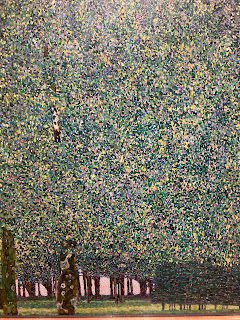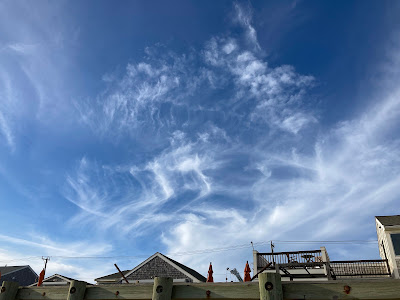" 'We are living in the age of the machine,' remarked Paul Haviland, a New York-based photographer, writer, and art critic, in 1915, the year after Word War I began. Artists across Europe, Russia, and the United States responded in various ways to this period's increasing mechanization, industrialization, and public awareness of the machine's destructive potential.
Some used the tools of draftsmen or engineers to construct precise, hard-edged images bearing no trace of the artist's hand. Others embraced the camera or exploited the power of photomechanical reproduction. Still others created works from machine-made objects, redefining the creative act as primarily a matter of selection, not craftsmanship. At stake was not only the role of the artist, but the existential status of the human subject, haunted by the fear that it might soon be replaced or rendered irrelevant. This fear resonates today in our age of artificial intelligence and rapidly accelerating technologies."
Museum of Modern Art Gallery 505: https://www.moma.org/calendar/galleries/5691
El Lissitzky, Russian, 1920-21 Part of the Mechanical Setting from Figurines: The Three-Dimensional Design of the Electro-Mechanical Show Victory over the Sun
Oskar Schlemmer. German. 1924. Figurines in Space: Study for the Triadic Ballet
Charles Sheeler. American. 1923. Self-Portrait.
El Lissitsky. Russian. 1922. Composition.
Mural on the US Post Office near Moynihan Penn Station



















































